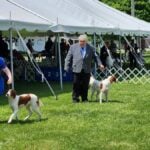
Home » I Sniff, Therefore I Am
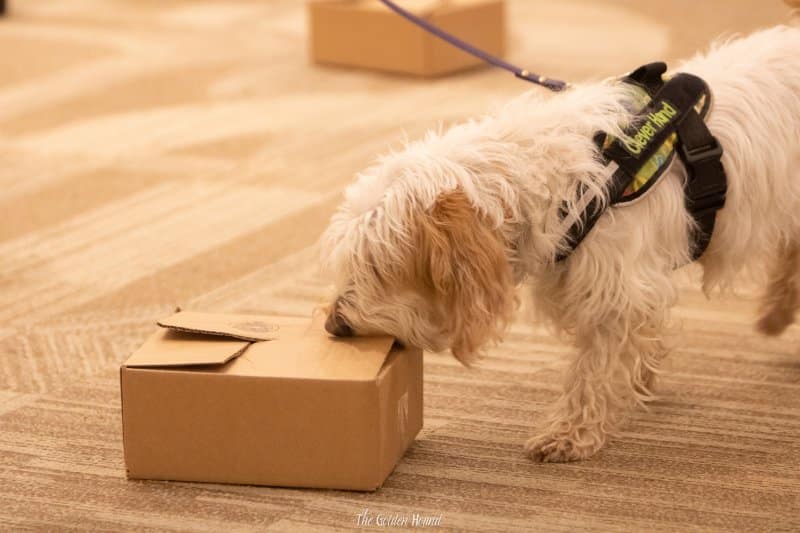
There is a great but rather technical book on scenthounds, William Syrotuch’s Scent and the Scenting Dog, but unless you are involved in field work, tracking or the like, it may be a bit heavy for weekend reading. However, not too demanding of your leisure brain power is another book, How Dogs Think: Understanding the Canine Mind, by Stanley Coren. I call your attention to the chapter on the dog’s superior sense of smell that is called “I Sniff, Therefore I Am.”
Coren examines the five senses we have in common with canines and other mammals—smell, touch, sight, taste, and hearing—so we can get into the mind of the dog and understand how his thinking differs from ours. He concedes dogs use all five components to decipher their world, but of his five senses, his sense of smell is the most compelling.
The use of all five senses is necessary for survival in the wild, beginning with taste and one-celled animals and ending with mammals, including humans who rely primarily on sight to understand the world.
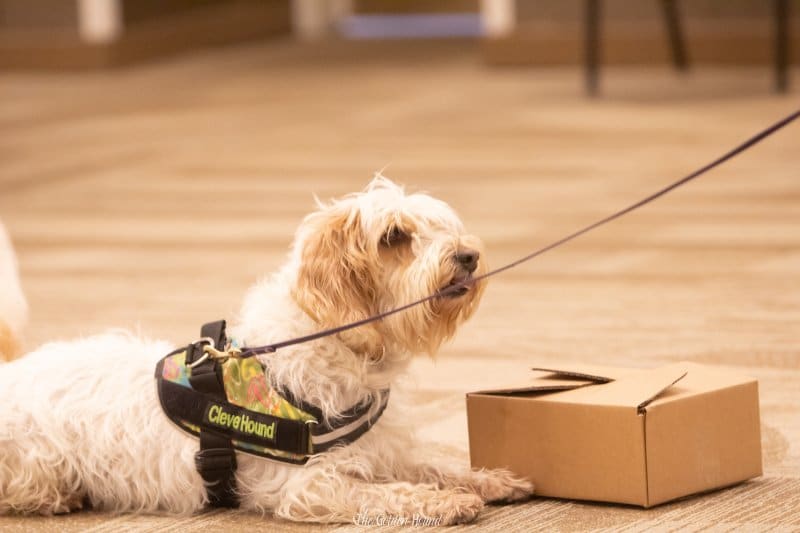
Though canines have a good sense of sight compared to other animals, their visual system is inferior to that of humans. Humans see brighter colors, more shades, and better detail than dogs. However, dogs surpass humans in their sense of smell. With large noses, and noses with both special nerve endings and special chambers to store scent in order to further analyze that scent, the dog is equipped to do many services for man. This depth of scent perception may explain why some dogs seem stubborn, and some are disinterested in their surroundings or in pleasing us.
Praise/food treats for dogs has become the preferred method of training and has all but replaced old, harsh training methods. As psychologists learn what motivates canines, we have come to understand more of his world seen through his sense of scents.
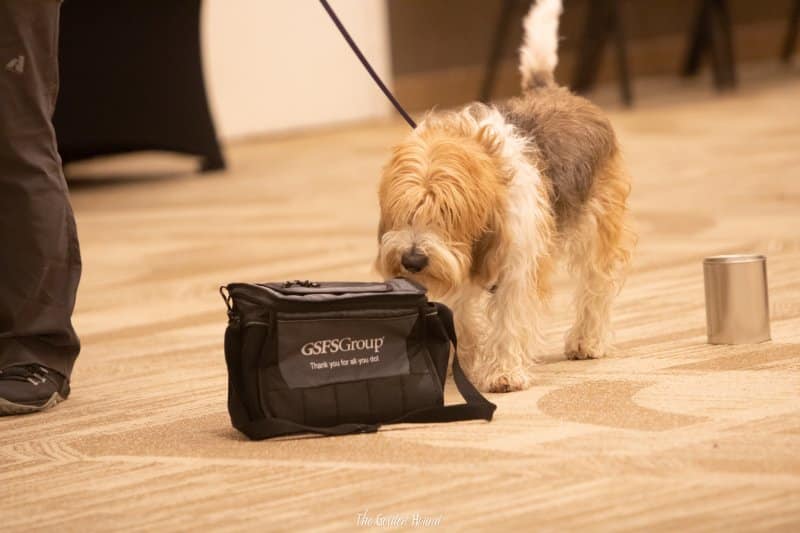
What is it about the dog’s nose and nasal passages that enable him to excel in tracking, trailing, search and rescue, and drug location? And what is it that keeps him from keeping his head up in conformation, looking at every morsel found on the floor and acting stubborn in the ring?
The answer is in the nature of his nose. According to Coren’s research, every species has a dominant sensory system. For the one-celled animals such as coral, it is taste. Others, such as starfish and jellyfish, respond to touch best. Nocturnal animals respond to sound. Humans, birds, and monkeys respond to sight, but dogs and many other mammals respond to smell. The nose dominates the face, the brain, and thus, influences greatly the dog’s perception of the world.
Humans respond to most smells unconsciously, but smells only reach our consciousness if pungent or strong. Dogs are different. Dogs respond to many more individual scents and their minds work quite differently in processing information. This fact “makes the dog’s mind an enigma to us. If we could share a dog’s consciousness for a moment, it is likely that our familiar world would appear to be quite alien and incomprehensible” (pp. 50-51).
It is thought that the proportion of the dog’s brain that is devoted to smell is 40 times greater than that of humans, and further, that they can identify smells between 1,000 and 10,000 times better than their humans.
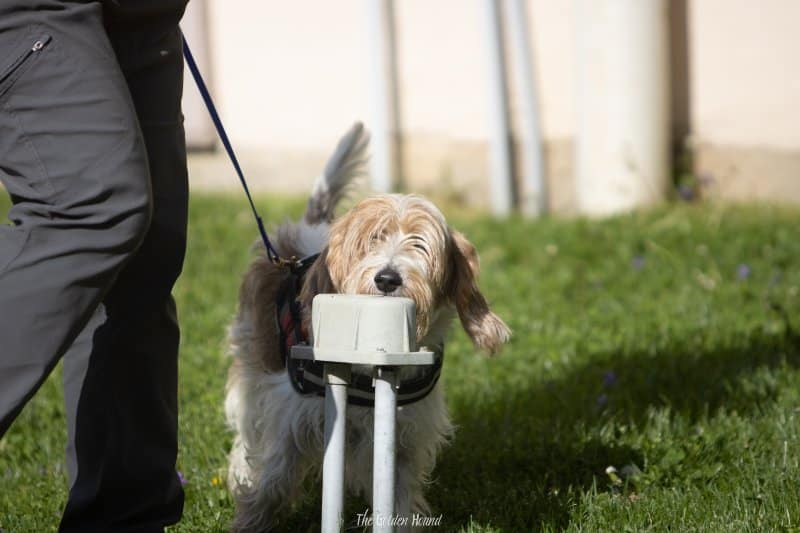
Dogs are different. Dogs respond to many more individual scents and their minds work quite differently in processing information.
The nose of a dog is complex. Nose leather is patterned with ridges and dimple-like crevices. Dogs don’t merely “allow” scent to the nose; they actually “gather” scent and “store it” for analysis. They wiggle their nostrils to determine from which direction scent is coming. Each nostril wiggles independently. When a dog sniffs, he suspends his breathing to trap the odor and places it in a small chamber or shelf for interpretation.
The human genome project has shown that humans have the gene for the Jacobson’s organ (that special organ for storage and interpretation of odor) but our organ is vestigial, no longer useful. It has very few smell receptors as compared to the dog (p. 58).
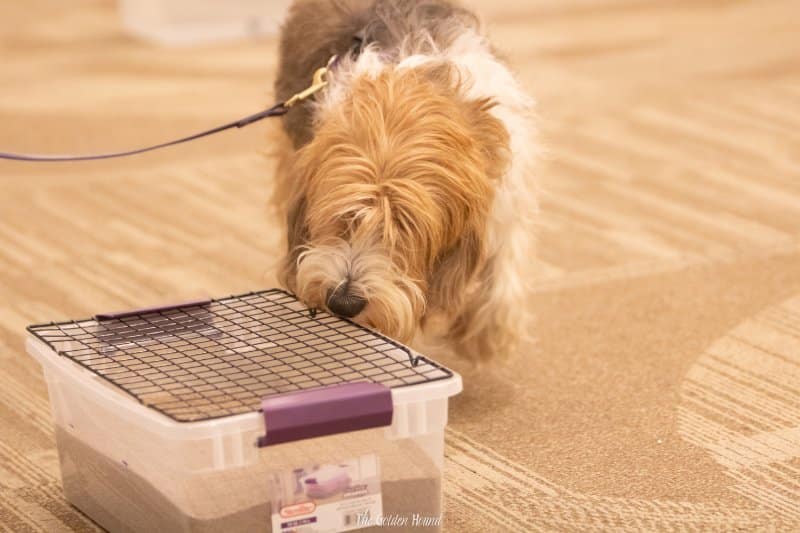
The dog’s nose is attuned to smells emitted from other animals, sort of personal smells, biologically generated smells. Pheromones are thought to be a communications system for a species among its own kind. These pheromones can give dogs information about the sex, age, health, and emotional state of another animal. Where humans have sweat glands in the armpit and groin areas only, animals, including dogs, have these apocrine glands spread over the whole body.
They also appear in the urine, which makes the nearest tree the “gossip column” and “personal ad section of the paper.” Dominance, it has been found, is important to males, so they spray above the ground so that it is carried farther by the air. They announce something about their size to other dogs as well. “Dogs’ ability to separate scents can be compared to our ability to separate visual objects” (p. 64).
He can odor layer or separate scents and detect them as individual ingredients. Chili, to your dog, claims Coren, is not a blend as we would detect it; your dog smells meat, tomato, onions, and each of the spices as individual ingredients.
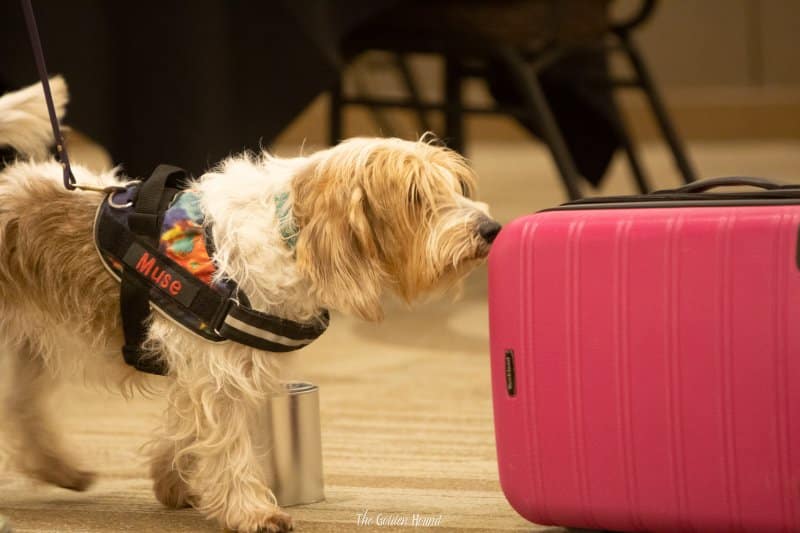
I Sniff, Therefore I Am
Photos: © The Golden Hound
